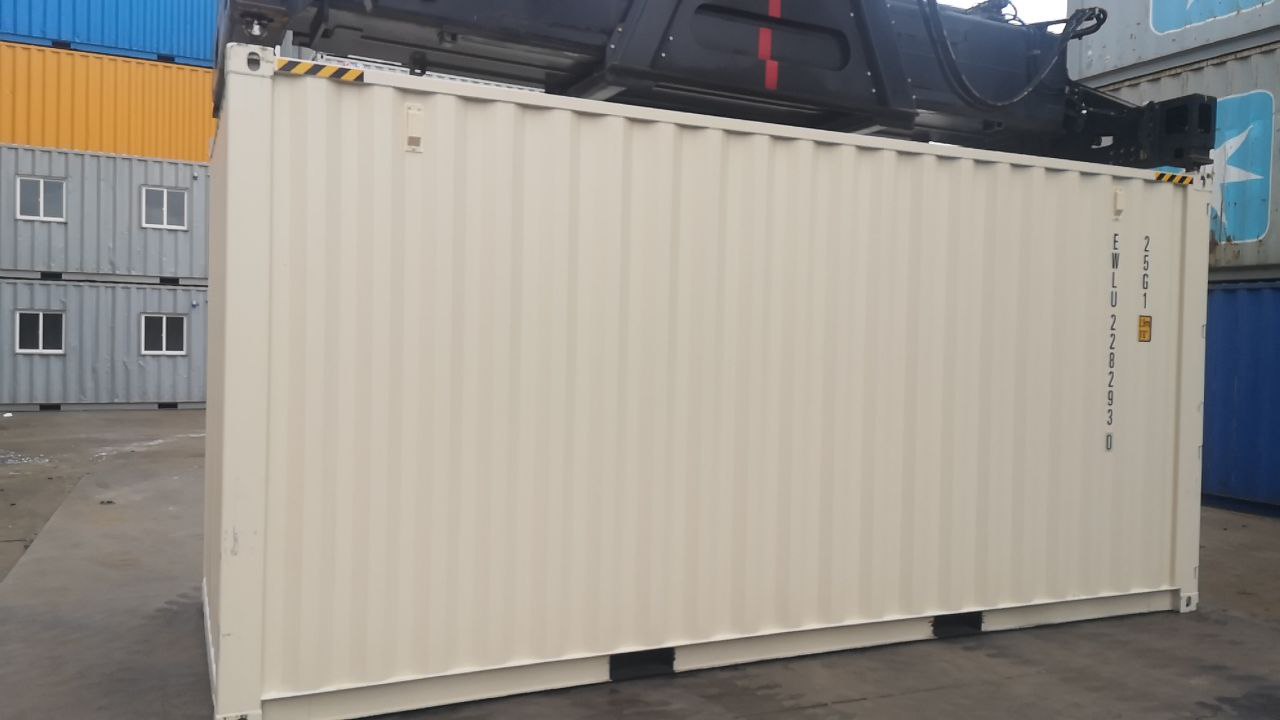How to Prepare Your Shipping Container for Extreme Weather Conditions

Shipping containers have gained popularity as versatile structures for various uses, from offices and homes to storage units. However, their sturdy metal exteriors can be susceptible to extreme weather conditions if not properly prepared. Whether you’re using a shipping container for a home, office, or storage, it’s crucial to ensure it can withstand harsh weather. Here’s a comprehensive guide on how to prepare your shipping container for extreme weather conditions.
1. Assess the Container’s Condition
Before making any modifications, inspect the shipping container for any existing damage. Look for rust, dents, or structural issues that could be exacerbated by extreme weather. Address any repairs needed, such as fixing rust spots or reinforcing weak areas, to ensure the container is in good condition.
2. Improve Insulation
Extreme temperatures can be a significant challenge for shipping containers. In cold climates, inadequate insulation can lead to freezing temperatures inside, while in hot climates, the interior can become unbearably hot. To combat these issues:
- Add Insulation: Install insulation materials such as spray foam, rigid foam panels, or fiberglass batts to the interior walls, floor, and ceiling. This will help maintain a stable indoor temperature and reduce energy costs.
- Reflective Coating: Apply a reflective coating or paint to the exterior to reduce heat absorption. This is especially beneficial in hot climates, as it helps keep the interior cooler.
3. Seal Gaps and Leaks
Shipping containers are prone to leaks if not properly sealed. Extreme weather conditions, such as heavy rain or snow, can exacerbate these issues. To prevent water ingress:
- Check and Seal Seams: Inspect the seams and joints of the container. Use a high-quality, weatherproof sealant to seal any gaps or leaks.
- Ensure Proper Drainage: Ensure that the container is elevated slightly to prevent water from pooling around the base. Adding a sloped surface or drainage system around the container can help divert water away.
4. Reinforce the Structure
In areas prone to severe weather conditions such as high winds or heavy snow, reinforcing the container’s structure is essential:
- Wind Bracing: Install additional bracing to the container’s exterior to enhance its ability to withstand high winds. This can include adding horizontal or vertical supports.
- Snow Load Support: In regions with heavy snowfall, reinforce the roof to support the weight of accumulated snow. This may involve adding additional support beams or trusses.
5. Ventilation
Proper ventilation is crucial in extreme weather conditions to prevent issues like mold, mildew, and condensation:
- Install Vents: Add roof or wall vents to improve airflow and reduce humidity inside the container. In hot climates, consider installing a powered ventilation system to enhance airflow.
- Use Dehumidifiers: In humid or wet conditions, use dehumidifiers to control moisture levels inside the container and prevent mold growth.
6. Protect Against Temperature Extremes
Extreme temperatures can impact the contents and the structure of the container:
- Thermal Barrier: Install a thermal barrier to regulate temperature fluctuations. This can include insulating curtains or thermal blankets for additional protection.
- Climate Control Systems: In very extreme climates, consider installing a climate control system such as a heater or air conditioner to maintain a comfortable temperature inside the container.
7. Regular Maintenance
Ongoing maintenance is key to ensuring your shipping container remains in good condition and performs well in extreme weather:
- Routine Inspections: Regularly inspect the container for signs of wear and tear, leaks, or damage. Address any issues promptly to prevent further problems.
- Clean and Maintain: Keep the container clean and free from debris. Regularly check and clean gutters, vents, and drainage systems to ensure they are functioning properly.
8. Prepare for Emergencies
Even with thorough preparation, it’s wise to have an emergency plan in place:
- Stock Emergency Supplies: Keep emergency supplies such as a first aid kit, flashlight, and extra food and water in the container.
- Have a Backup Plan: In case of severe weather events, have a backup plan for relocating contents or vacating the container if necessary.
By following these steps, you can ensure that your shipping container is well-prepared to handle extreme weather conditions. Proper preparation not only extends the lifespan of your container but also protects its contents and maintains a safe and comfortable environment. Whether you’re using it for living, working, or storage, a well-prepared shipping container can provide reliable performance through all kinds of weather.

